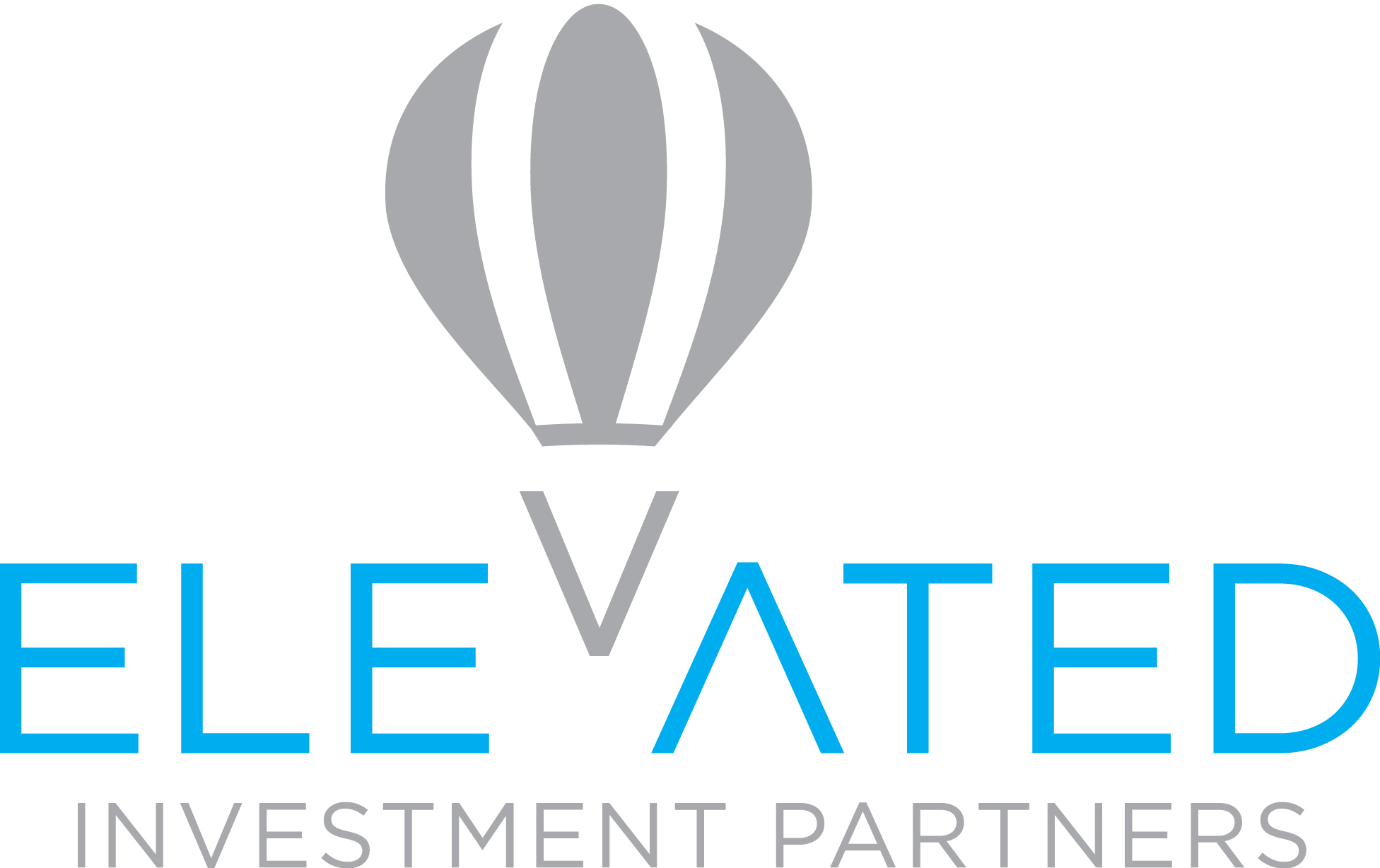January
- Send payroll and employee census data to the plan’s recordkeeper for plan-year-end compliance testing (calendar-year plans).
- Audit fourth quarter payroll and plan deposit dates to ensure compliance with the DOL’s rules regarding timely deposit of participant contributions and loan repayments.
- Verify that employees who became eligible for the plan between October 1 and December 31 received and returned an enrollment form. Follow up for forms that were not returned default investment alternative.
February
- Update the plan’s ERISA fidelity bond coverage to reflect the plan’s assets as of December 31 (calendar-year plans). Remember that if the plan holds employer stock, bond coverage is higher than for nonstock plans.
- Issue a reminder memo or email to all employees to encourage them to review and update, if necessary, their beneficiary designations for all benefit plans by which they are covered.
- Review and revise the roster of all plan fiduciaries and confirm each individual’s responsibilities and duties to the plan in writing. Ensure that each fiduciary understands his or her obligations to the plan.
- Provide quarterly benefit/disclosure statement and statement of plan fees and expenses actually charged to individual plan accounts during prior quarter, within 45 days of end of last quarter.
March
- Begin planning for the timely completion and submission of the plan’s Form 5500 and, if required, a plan audit (calendar-year plans). Consider, if appropriate, the DOL’s small plan audit waiver requirements.
- Review all outstanding participant plan loans to determine if there are any delinquent payments. Also, confirm that each loan’s repayment period and the amount borrowed comply with legal limits.
- Check bulletin boards and display racks to make sure that posters and other plan materials are conspicuously posted and readily available to employees, and that information is complete and current.
